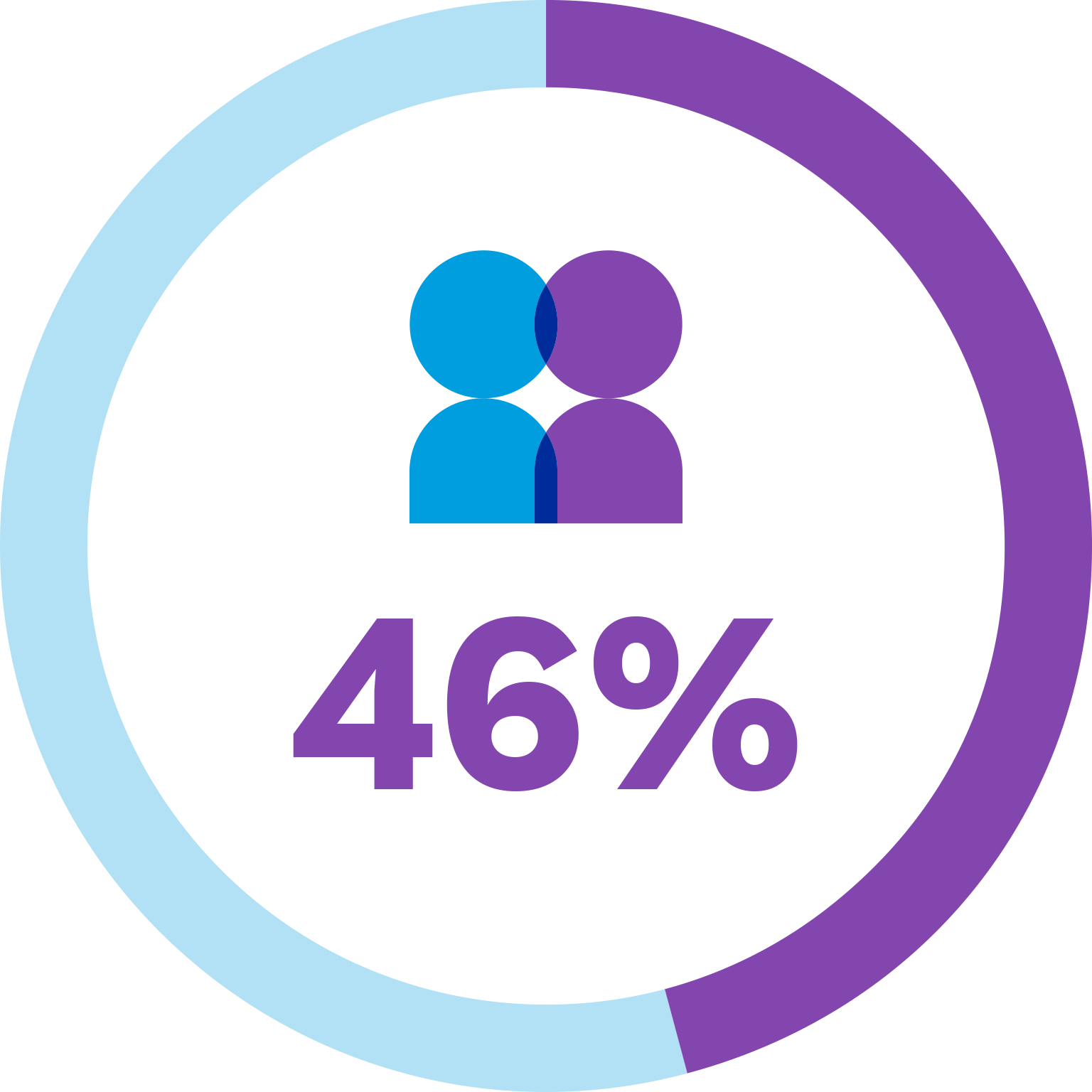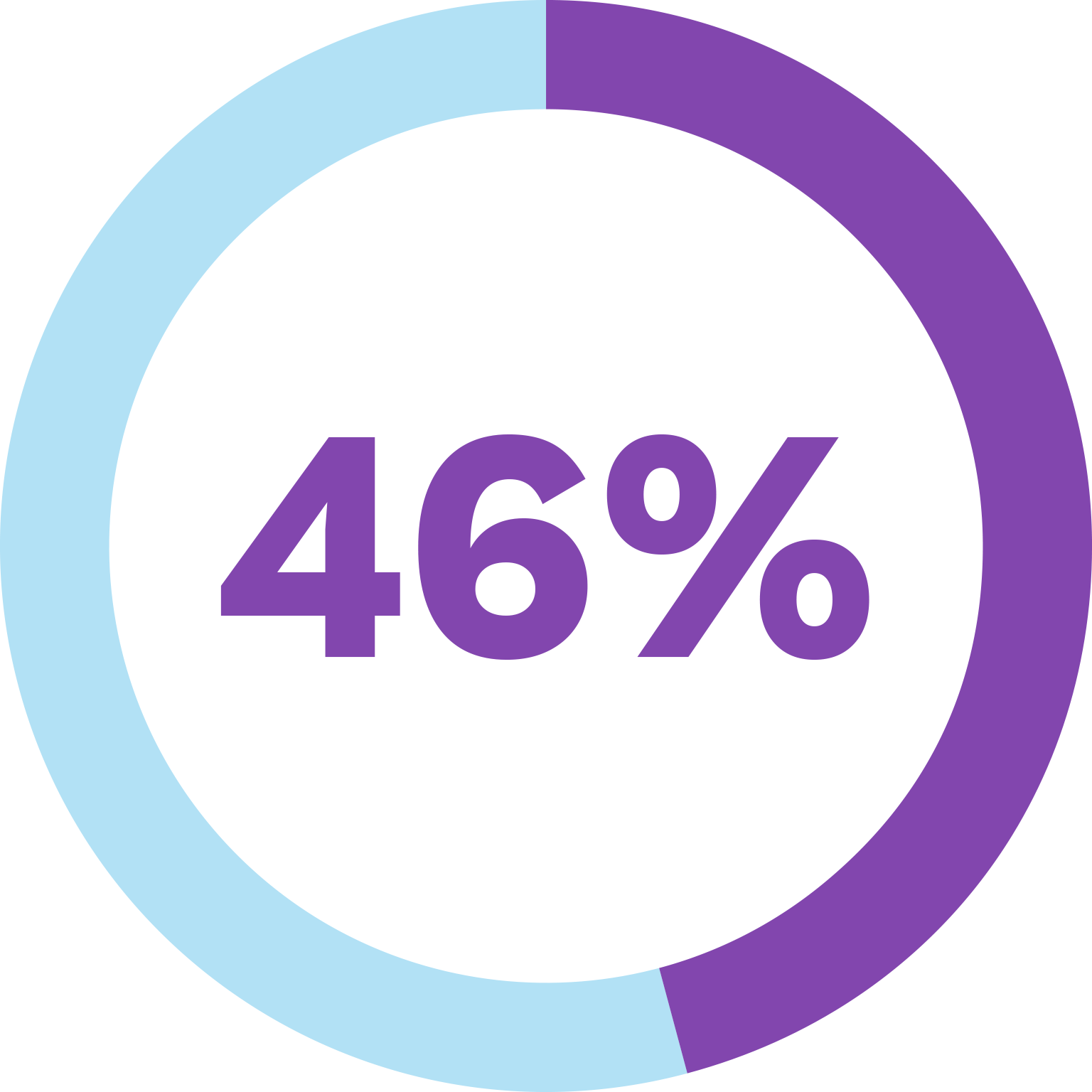The vast majority of organizations (79%) use benchmarking to inform their total rewards strategy, while only 24% use employee preference insights as an intelligence tool on a recurring basis.
Creating a total rewards strategy
Create a sustainable strategy that meets employee needs — working within the current economic realities.
Employees today are looking for something different — from their experience at work to the support they get from their employer. Mercer’s Inside Employees’ Minds research shows there has been a significant shift in the mindset around work, driven by the pandemic, global social and political crises over the last few years, and ongoing disruption to business models in many sectors.
Despite the changes in the economy, the labor market has remained resilient — and is expected to stay competitive for some time. As a result, we see that half of employers are revisiting their total rewards strategy in the next six to 12 months, with the goal of attracting and retaining new talent.
Download the Total Rewards Guidebook, explore more with Mercer Rewards Optimizer® offering, or speak with a Mercer consultant to learn more.
1. Lead with listening
-
-
Only 39% of organizations agree that they align and optimize their rewards strategy based on employee preferences.
2. Get to the heart of the issue
3. Identify where you want to shine
-
Only 38% of organizations say they target their approach to key demographics within the organization.
-
Only 46% of organizations say they directly consider the needs and preferences of diverse groups within their total rewards strategy.
4. Engage for impact
-
Only 46% of employers say employees have a good understanding of total rewards programs available to them.
-
2 out of 5 employers do not have an employee portal for total rewards, and instead rely on other communication vehicles such as emails, newsletters and manager discussions.
Related products for purchase
-
Attract & retain talent
2024-2025 Inside Employees’ Minds
Inside Employee’s Minds survey results: Addressing the disparities that undermine engagement and stability in the hourly workforce. -
Webcast - On-Demand
EU Pay Transparency Directive: Impact and actions for US multinationals
December 11, 2024 | 12:00 p.m. ET
Language: English
Join us as we share insights on how US Multinationals are responding to the requirements of the EU Pay Transparency Directive. -
Merit co-pilot
Accelerate your end of year compensation planning with Mercer’s Co-Pilot to support your organization’s merit cycle.
Related Solutions
-
Attract & retain talent
Strategic workforce planning
Mercer’s strategic workforce planning solutions provide a rational business basis to prioritize, develop and fund the people practices needed to support business… -
Reward trends
Employee experience design
Mercer’s employee experience design uses design-thinking principles to define and shape solutions to meet your people’s needs more effectively and to bring out the… -
People strategy
HR transformation
Embark on a transformative journey with our leading-edge HR transformation advisory services. Make sure your organization is future-ready by reinventing your…
Related Insights
-
Attract & retain talent
2024-2025 Inside Employees’ Minds
Inside Employee’s Minds survey results: Addressing the disparities that undermine engagement and stability in the hourly workforce. -
Webcast - On-Demand
EU Pay Transparency Directive: Impact and actions for US multinationals
December 11, 2024 | 12:00 p.m. ET
Language: English
Join us as we share insights on how US Multinationals are responding to the requirements of the EU Pay Transparency Directive. -
Merit co-pilot
Accelerate your end of year compensation planning with Mercer’s Co-Pilot to support your organization’s merit cycle.
Related Case Studies
-
Attract & retain talent
2024-2025 Inside Employees’ Minds
Inside Employee’s Minds survey results: Addressing the disparities that undermine engagement and stability in the hourly workforce. -
Webcast - On-Demand
EU Pay Transparency Directive: Impact and actions for US multinationals
December 11, 2024 | 12:00 p.m. ET
Language: English
Join us as we share insights on how US Multinationals are responding to the requirements of the EU Pay Transparency Directive. -
Merit co-pilot
Accelerate your end of year compensation planning with Mercer’s Co-Pilot to support your organization’s merit cycle.











